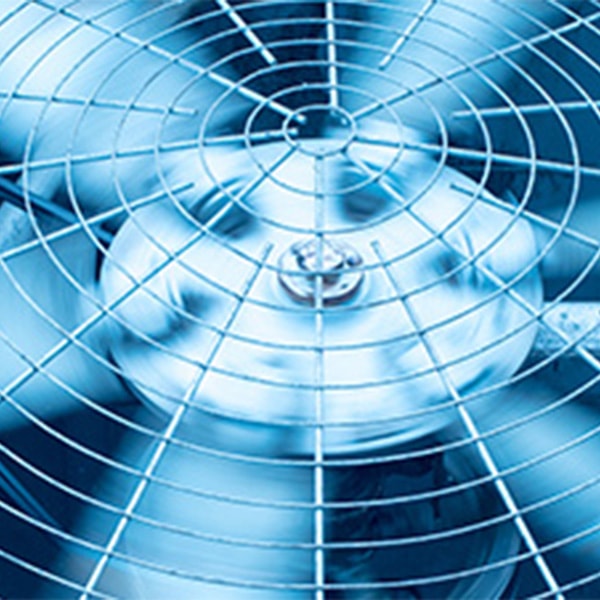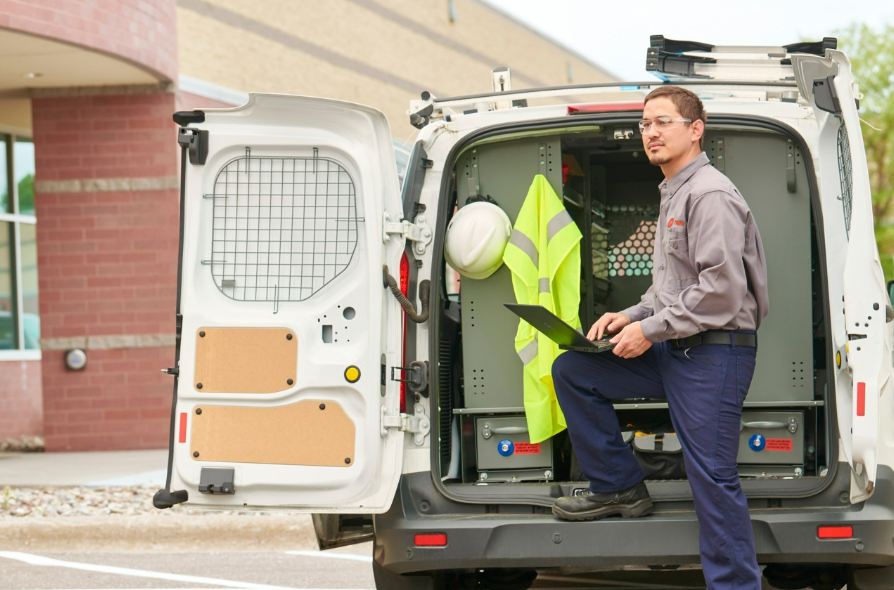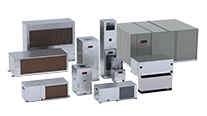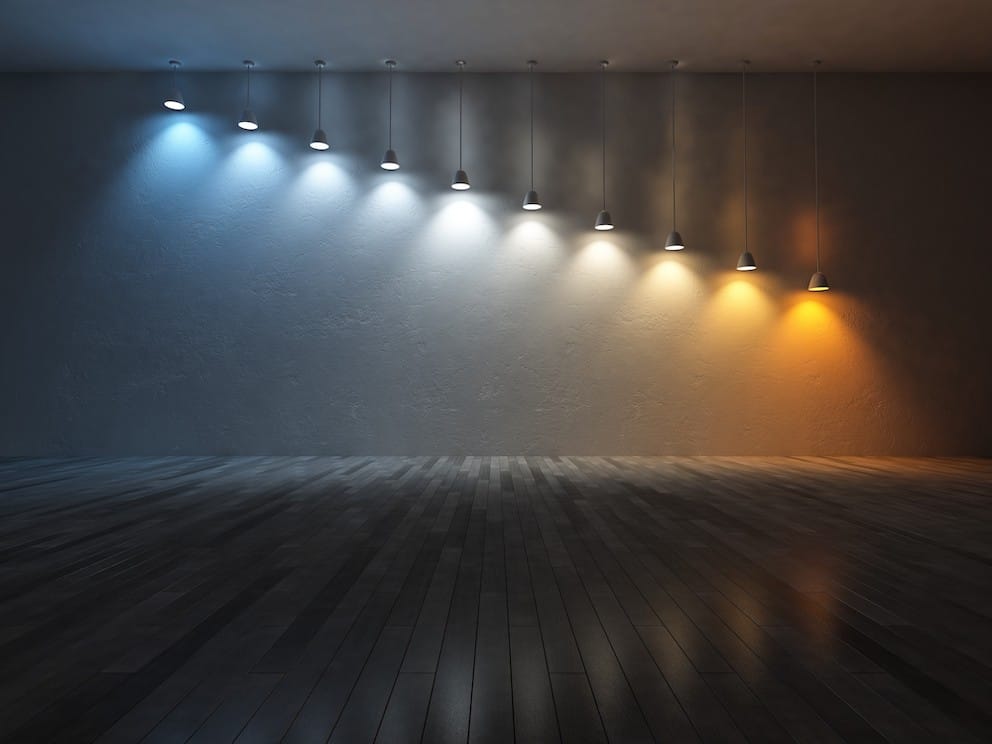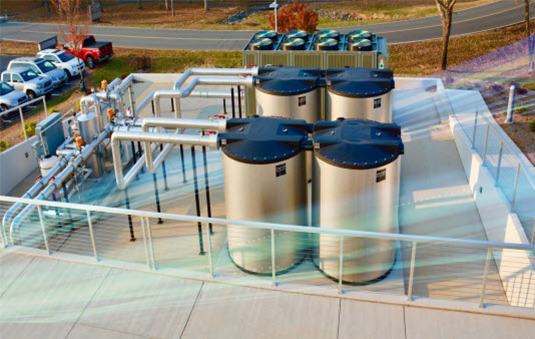When it comes to optimizing the indoor air quality (IAQ) of your building, there is more to address than simply reducing the possibility of potential virus exposure for occupants. Factors such as bacteria, mold, fungi and volatile organic compounds pose a potential risk to IAQ. Removing the source of contaminants can help support the well-being of the building’s occupants.
The EPA defines "sick building syndrome" (SBS) as a term used to describe “situations in which building occupants experience acute health and comfort effects that appear to be linked to time spent in a building, but no specific illness or cause can be identified.”
When a building is “sick,” improved IAQ can make a difference according to a study published in 2000 in Applied Occupational and Environmental Hygiene”1 The study assessed a two-story structure, approximately 30 years old with a normal occupancy load of 350 to 400 people.
Initially, many occupants reported that they had upper respiratory disease and/or allergy-like symptoms. After remediation efforts that included a preventative HVAC maintenance program, airborne fungal colonies dropped up to 97 percent which coincided with a reduction in the number of facility workers visiting the local hospital.
Give Your Building a Check Up
What can you do to help ensure that your building provides an optimized environment for occupants? We recommend a three-step process:
- Step 1: Undertake an IAQ Assessment – Start by baselining your IAQ using a fact-based approach. Trane IAQ Assessment services provide you with a data-driven evaluation of specific measures that help impact well-being, comfort and productivity. The assessment evaluates temperature, humidity, particulate matter, carbon dioxide and VOC level.
- Step 2: Mitigate - Once you have baselined your IAQ, it’s time to apply the right solutions to meet your building’s needs. Rooted in science and data, our recommendations align with EPA, ASHRAE® and CDC guidance.
Depending upon your needs, we may recommend air-and-surface cleaning technology, such as Synexis®, a simple plug-and-play technology that does not require major system upgrades. We also may recommend air purification technologies such as higher filtration level, ultraviolet germicidal irradiation, or in-duct or system-level solutions. Often these IAQ-improving strategies can help gain points toward achieving green or healthy building certification such as those offered by the International WELL Building Institute or Fitwell.
- Step 3: Manage – Once you have achieved your IAQ goals, it is important to maintain them. We can help provide visibility into your building’s ongoing IAQ, including levels of certain airborne contaminants such as particulate matter (PM), total volatile organic compounds (VOC) or carbon dioxide (CO2) that can impact the well-being of building occupants.
Real-time data enables you to take the guesswork out of managing your building’s IAQ. You also can add in controls that make automated system adjustments based on air quality indicators.
Consider a data-driven approach to optimizing your building’s IAQ– so that your indoor spaces help support, rather than detract from, the well-being of its occupants. Learn how Trane can help.
1 Hiipakka DW, Buffington JR. Resolution of sick building syndrome in a high-security facility. Appl Occup Environ Hyg. 2000 Aug;15(8):635-43. doi: 10.1080/10473220050075644. PMID: 10957819.



